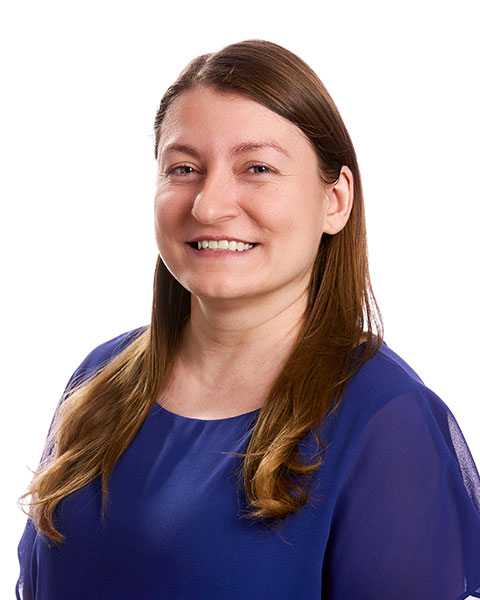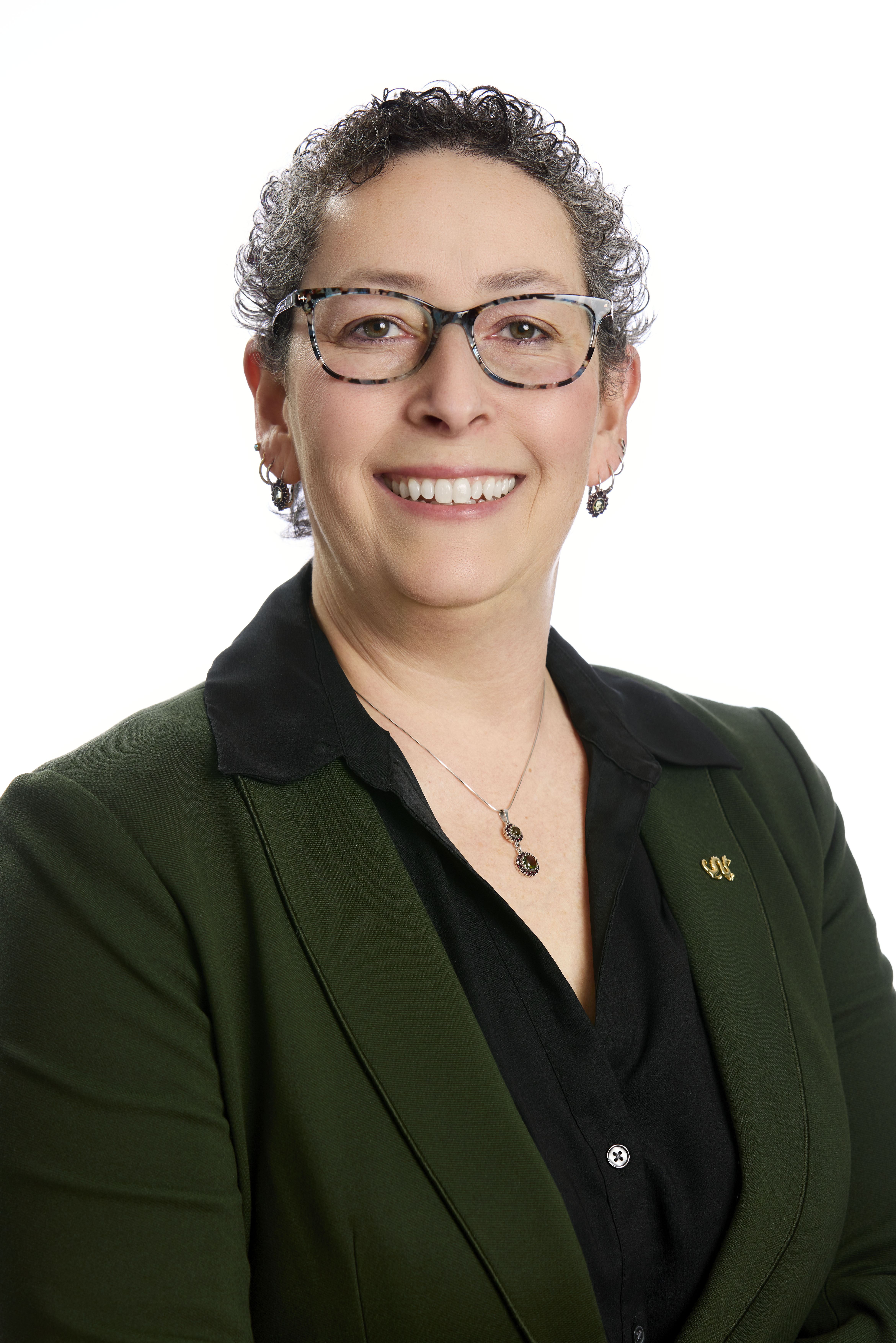Autism Spectrum and Developmental Disorders
(PS4-61) Qualitative Data Analysis of Childcare Center Processes Around Autism Screening

Giavanna L. DeMarco, B.A.
Research Assistant
A.J. Drexel Autism Institute
Bethlehem, Pennsylvania, United States
Andrea T. Wieckowski, Ph.D.
Assistant Research Professor
AJ Drexel Autism Institute
Philadelphia, Pennsylvania, United States- CN
Chau Nguyen, B.A.
Project Coordinator II
Drexel University
Philadelphia, Pennsylvania, United States - GP
Georgina Perez Liz, M.D.
Research Associate II
AJ Drexel Autism Institute, Drexel University
Philadelphia, Pennsylvania, United States - EF
Erika Frick, M.A.
Research Coordinator
Drexel University
Philadelphia, Pennsylvania, United States 
Autumn Austin, M.A.
Graduate Student
Drexel University
Philadelphia, Pennsylvania, United States
Diana L. Robins, Ph.D.
Professor and Director, AJ Drexel Autism Institute
Drexel University
Philadelphia, Pennsylvania, United States- EK
Emmanuel Koku, Ph.D.
Associate Professor
Drexel University
PHILADELPHIA, Pennsylvania, United States - EM
Elizabeth McGhee Hassrick, Ph.D.
Associate Professor
Drexel University
Philadelphia, Pennsylvania, United States
Author(s)
Co-Author(s)
Early diagnosis facilitates autism-specific intensive intervention which improves outcomes. Childcare centers may be an ideal setting for reducing disparities in early detection of autism. Early childcare education providers (ECEPs) may be critical informants on children’s behavior and development, given that they regularly observe children’s play and interactions with others.
Qualitative data (n=13 field observations; n=11 staff and leader interviews; n=6 parent interviews) was collected and analyzed using grounded theory to investigate barriers and facilitators to autism screening in childcare.
Thematic analysis identified five themes (subthemes) for parents, including 1) navigating family dynamics about autism (family emotions and confusion, pressures related to stigma, childcare leaders as trusted advisors), 2) too many child development experts (subtheme - too many decisions, where to go?), 3) fears about the future (autism stigma, long term implications), 4) lack of resources to access services (information, insurance, future costs) and 5) lack of knowledge about childcare processes for screening; three inter-organizational themes (subthemes) including 1) autism screening delays ( ‘We’ll just take notes’, Initial universal screening), 2) navigating relationships with parents (staff ‘walking on egg shells’, ‘invisible boundary’ with parents, family emotions, parent ‘buy in’) and 3) childcare centers as hybrid organizations (staff say ‘no one listens to me’, childcare as home and school, expert babysitters, different types of trust); two outer context themes (subthemes), including 1) siloed referral processes post screening (missed connections, not ready for increasing referrals) and 2) pediatricians as preferred experts (ambiguous decision making processes, peds can guide decisions, delayed referrals due to months of daycare observation). Process analysis suggests many steps to screening in childcare center contexts, with several breakdowns and disruptions, including weeks/months of observation.
Findings suggest working with childcare leaders to promote a hybrid culture that routinely communicates to parents about questions related to child development and autism likelihood using newsletters and apps, while also maintaining daily practices that build trust with parents. Training staff how to co-implement autism screening with developmental assessments during child onboarding, as well as establishing repeating developmental assessment/autism screening routines during the school year, could potentially disrupt the ‘watch and see’ routines in childcare settings that delay early detection. Inviting parents at regular intervals to complete screenings at drop-off and pick up in the leader’s office could increase engagement in screening. Parent trainings that utilize parent ‘champions’ to share their experiences navigating family dynamics and exploring pathways to referral, assessment, and intervention, could help address stigma, build trust and calm parents’ worries and provide clear decision-making pathways. Determining ways to address resource gaps and unpacking the role of multiple different experts could help overcome screening avoidance by parents.

.png)
